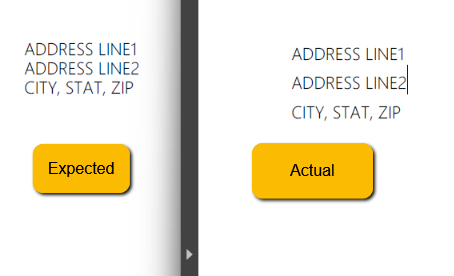
Importing a document containing an EI keyword within the image stream leads to an endless loop and the document is not imported successfully.
With the current implementation, the permissions are ignored on import.
As a side note, there is an option to set permissions on export: UserAccessPermissions.
When importing a PDF document and parsing a name start character followed by a dictionary end one an exception is thrown: System.InvalidOperationException: 'Stack empty.'
When importing a document containing an EI keyword not followed by space or return an exception is thrown: EndOfStreamException: 'Attempted to read past the end of the stream.'
When Separation color space with "name" set as None it is falling back to an "alternateSpace" (color space) instead.
From the Pdf specification:
A Separation color space is defined as follows:
[ /Separation name alternateSpace tintTransform ]
Observed:
The None value is ignored and the color space fallbacks to the Lab color space.
With the current implementation when passing the font file using the FontsRepository the entire font file is embedded.
In order to embed only a subset of characters used in the document, the font should be installed and the font shouldn't be registered in the FontsRepository.
When exporting a document that contains a Widget created with FixedContentEditor an exception is thrown: System.ArgumentNullException: 'Value cannot be null. Parameter name: context'
It can be reproduced using the following code snippet:
RadFixedDocument document = new RadFixedDocument();
var page = document.Pages.AddPage();
FixedContentEditor editor = new FixedContentEditor(page);
PushButtonField pushButton = new PushButtonField("button");
editor.Position.Translate(20, 450);
editor.DrawWidget(pushButton, new Size(100, 20));
string path = "Exported.pdf";
File.Delete(path);
using (Stream output = File.OpenWrite(path))
{
PdfFormatProvider provider = new PdfFormatProvider();
provider.Export(document, output);
}Workaround: Add the form filed to the AcroForm`s FromFields collection before exporting the document:
document.AcroForm.FormFields.Add(pushButton);




